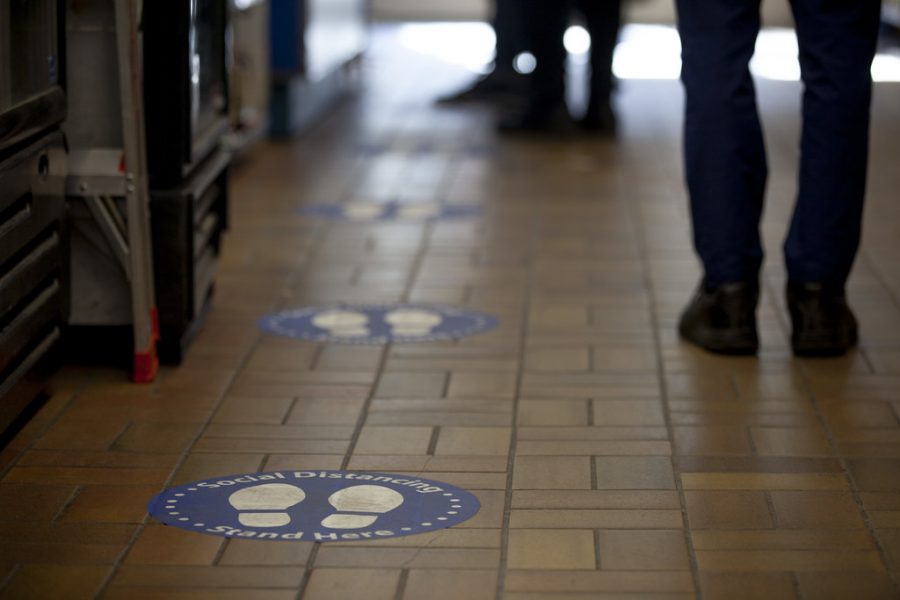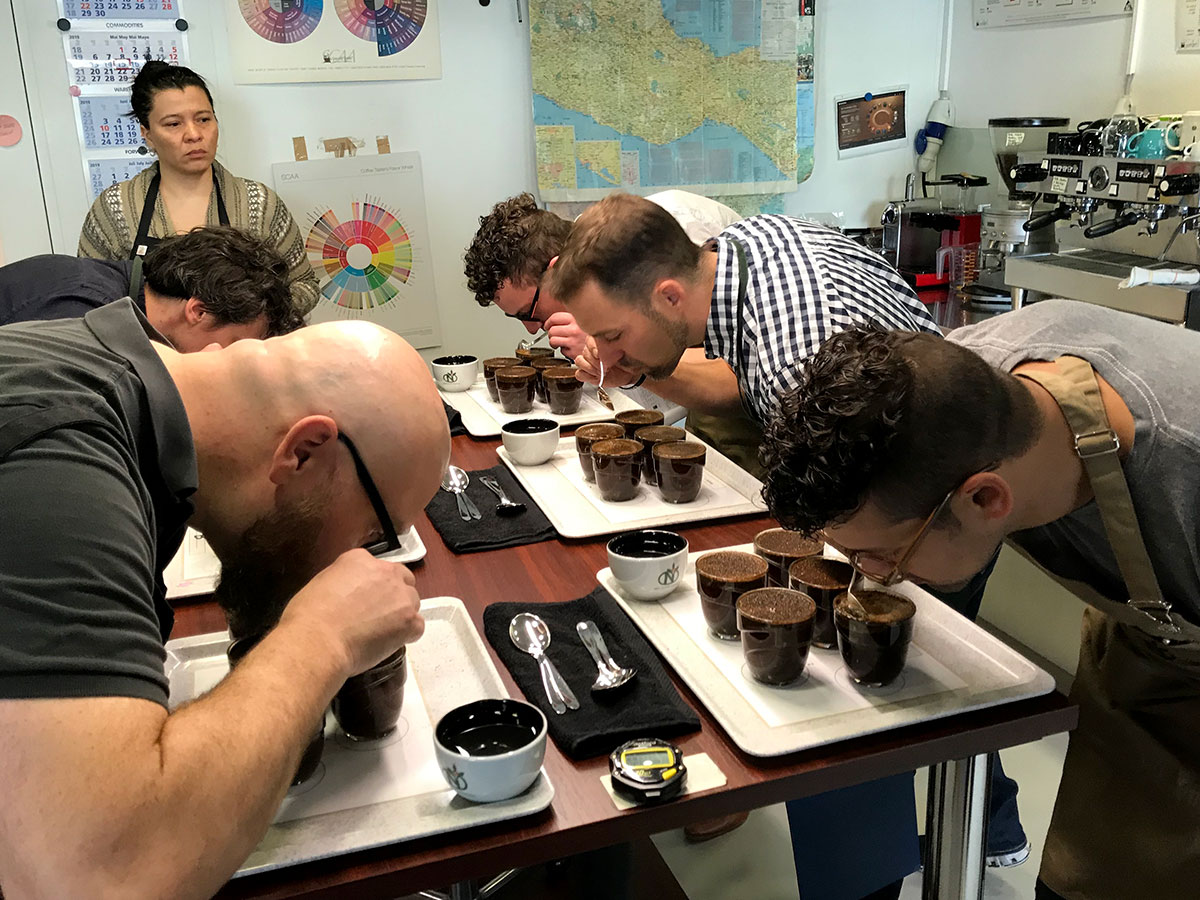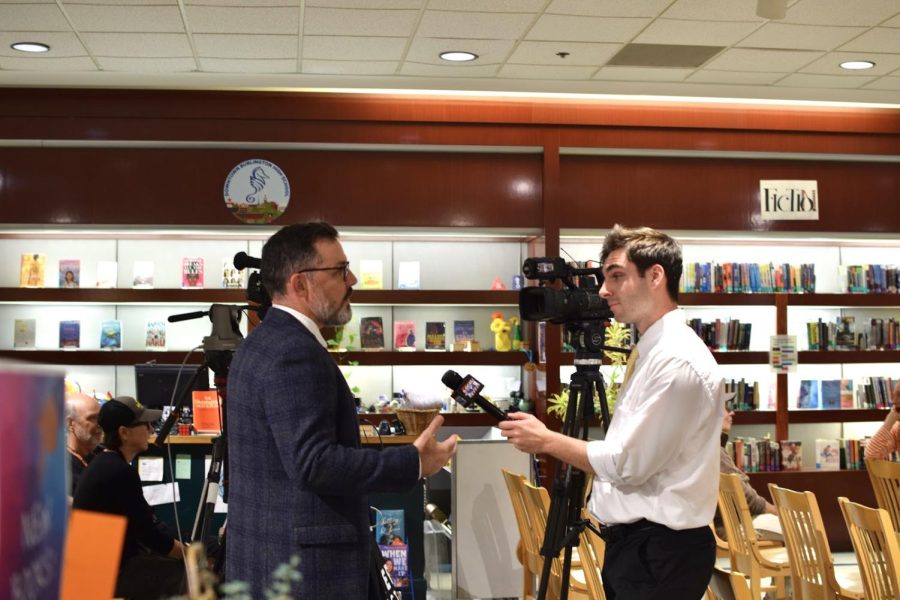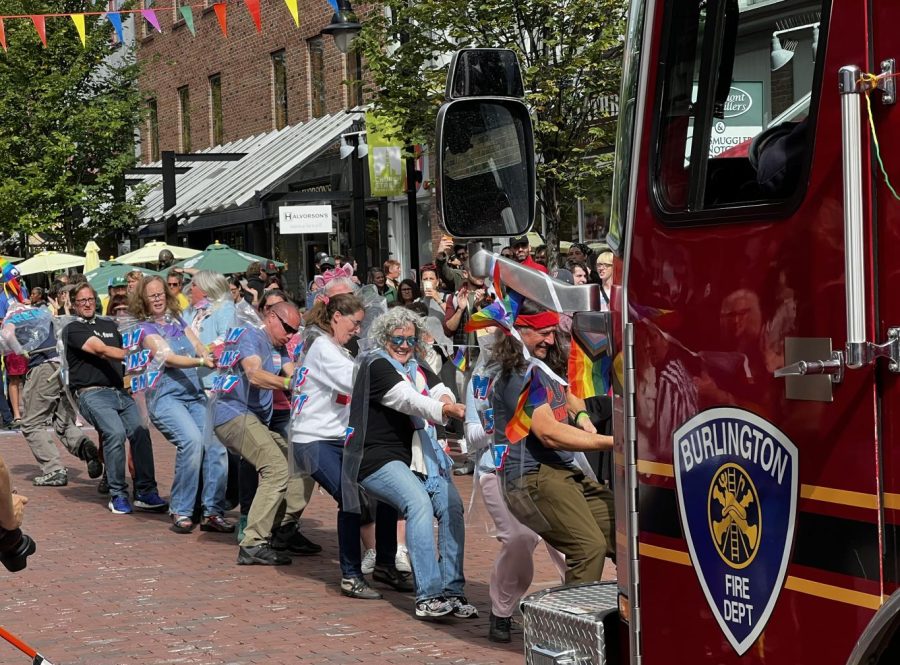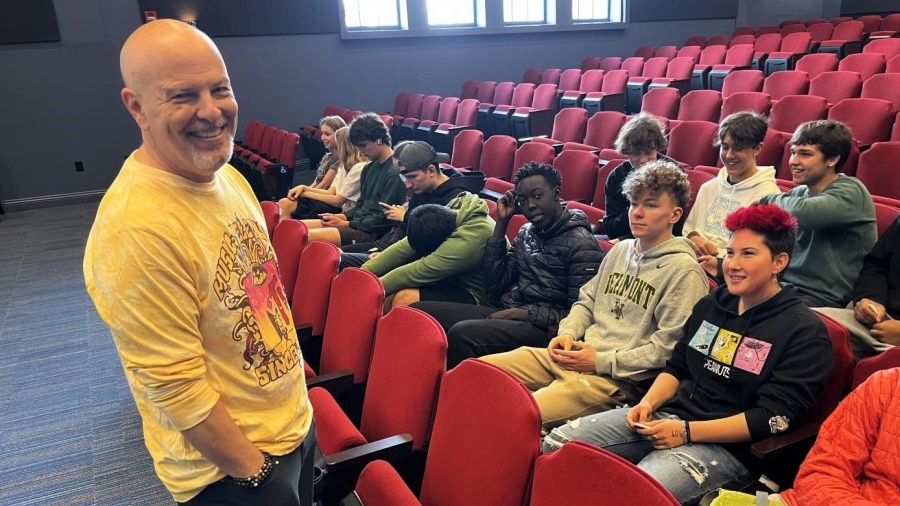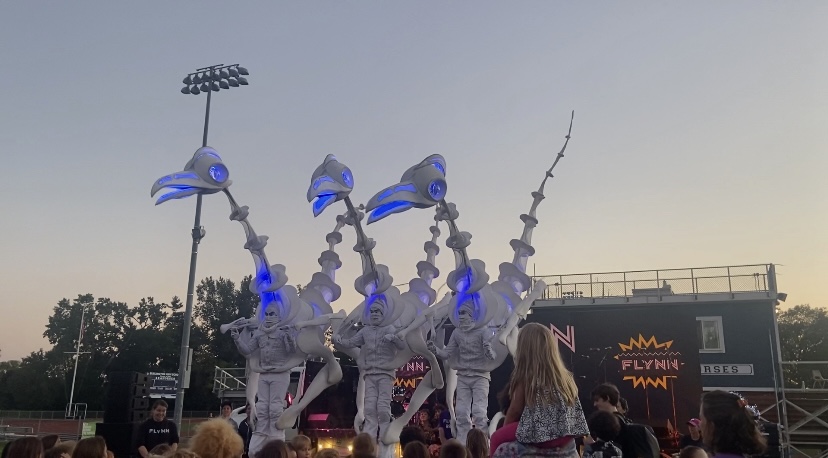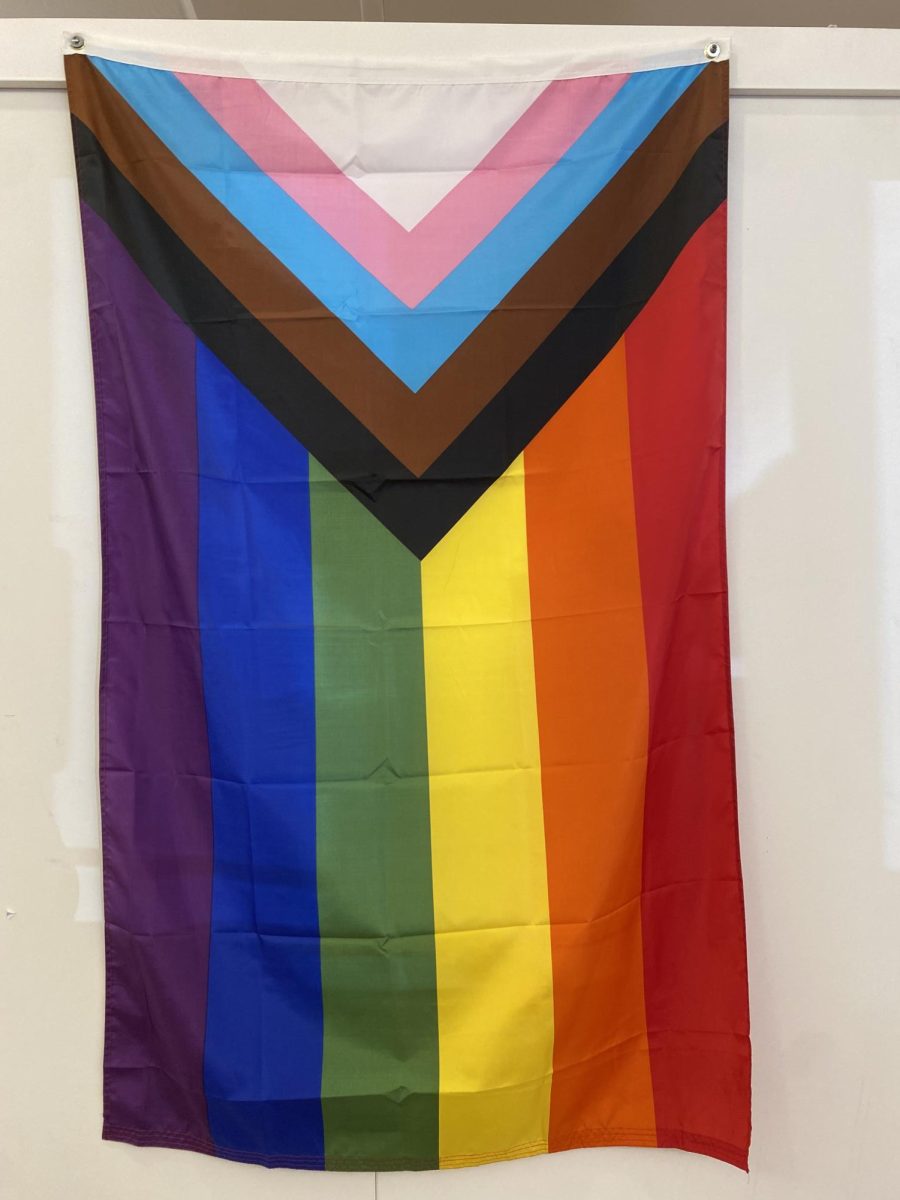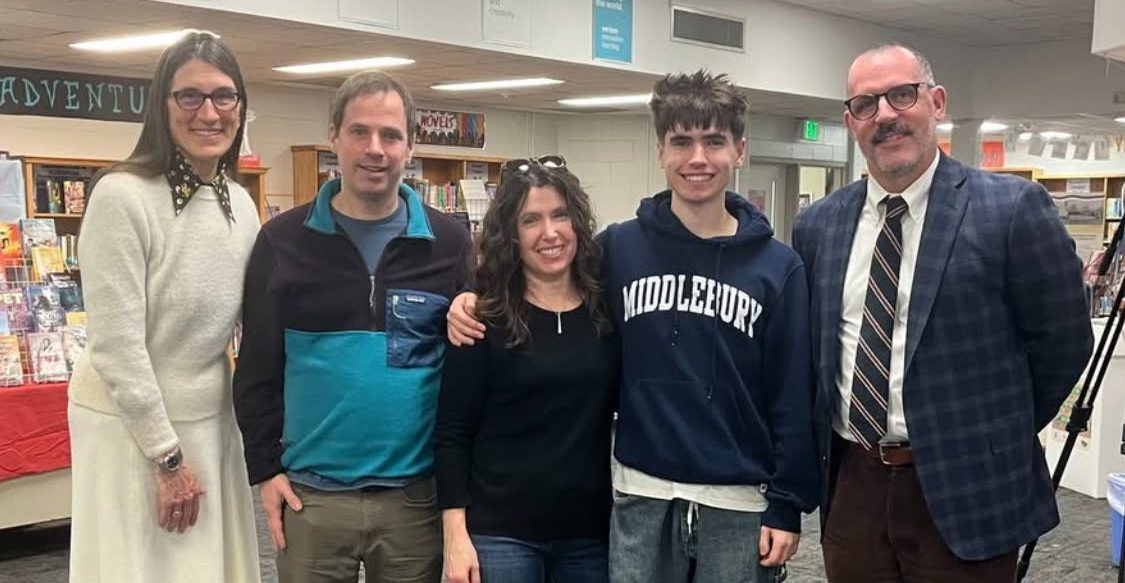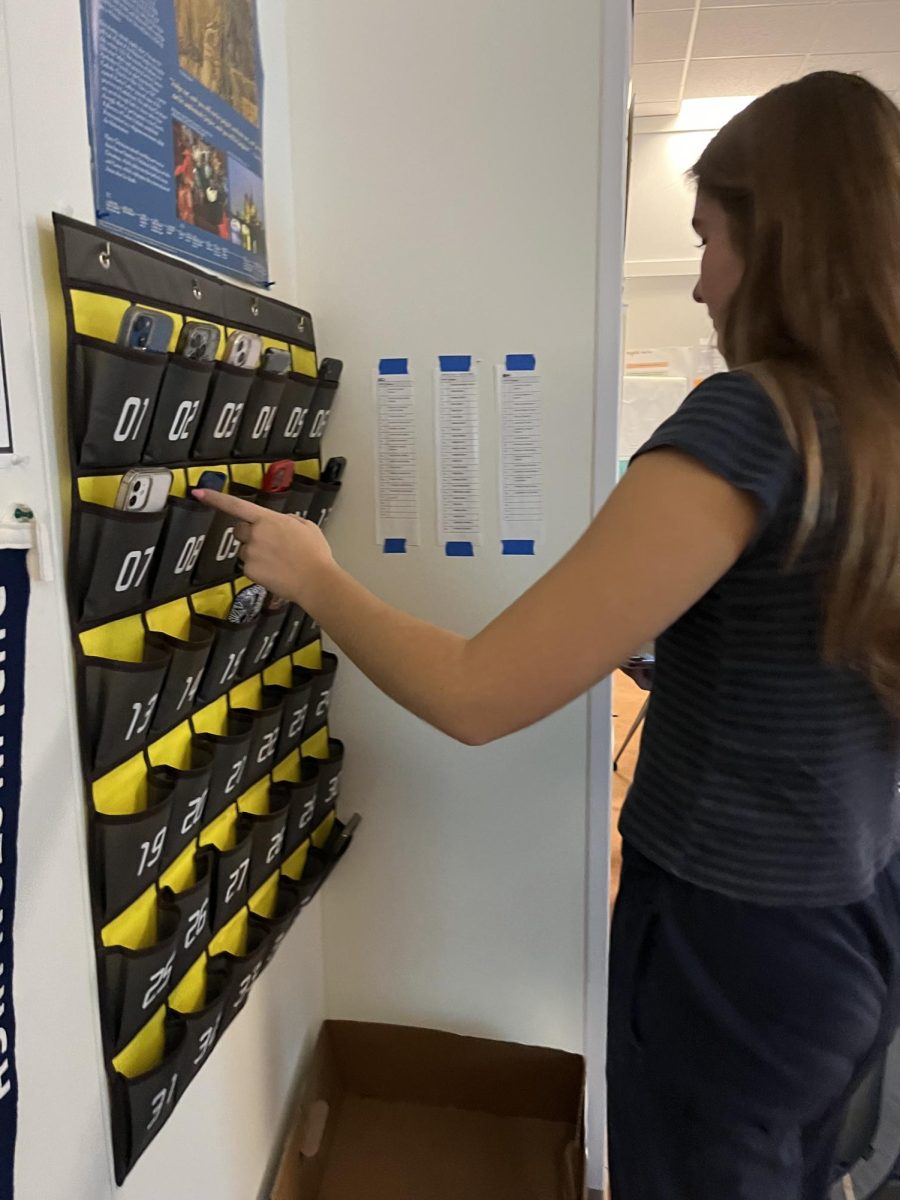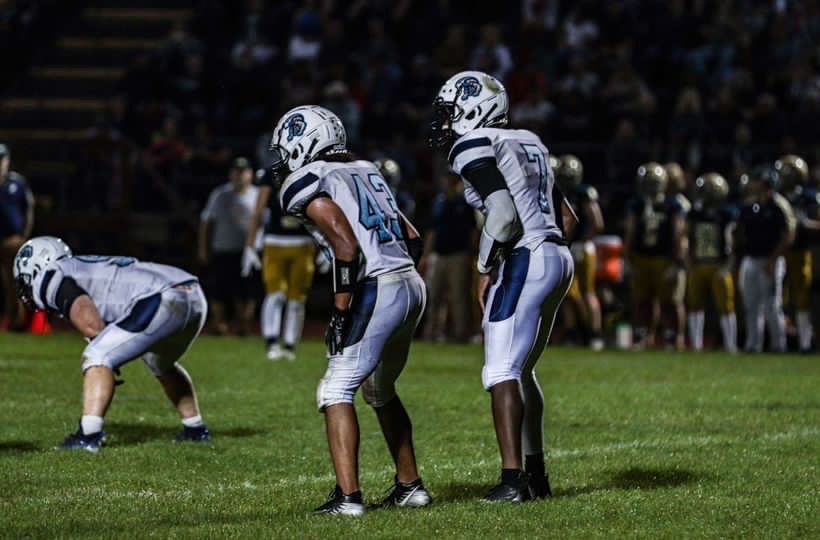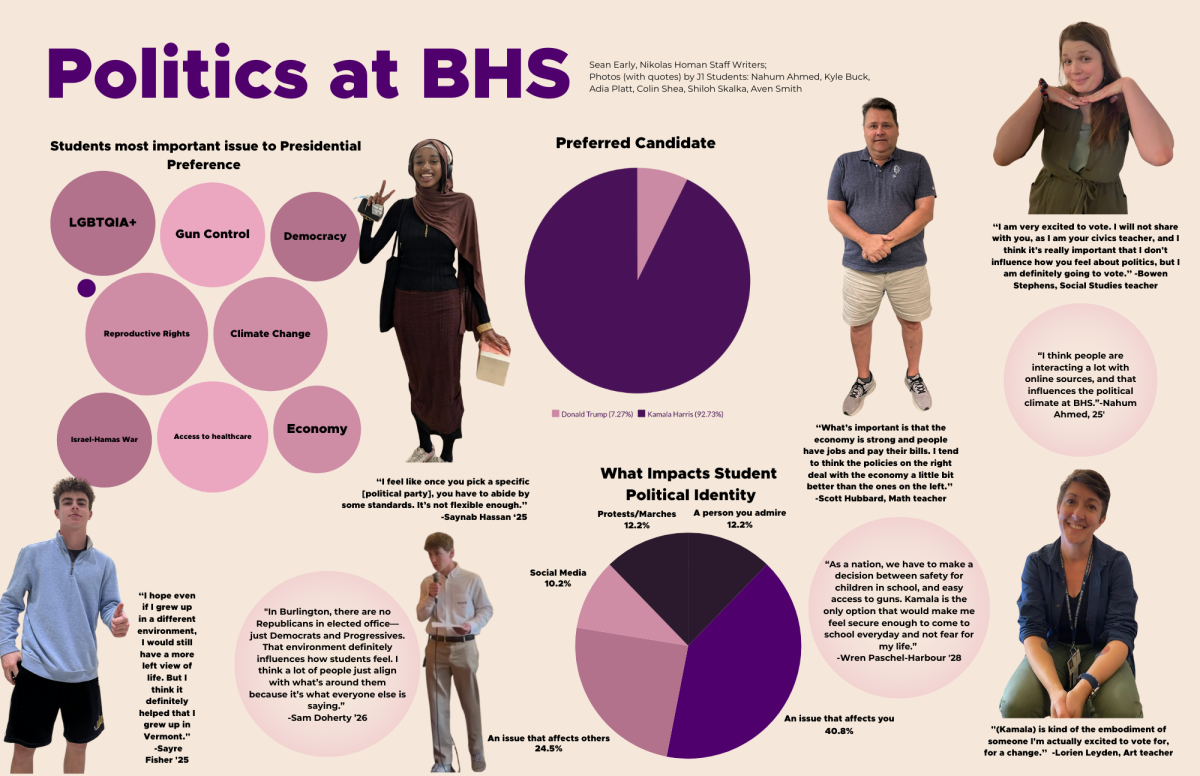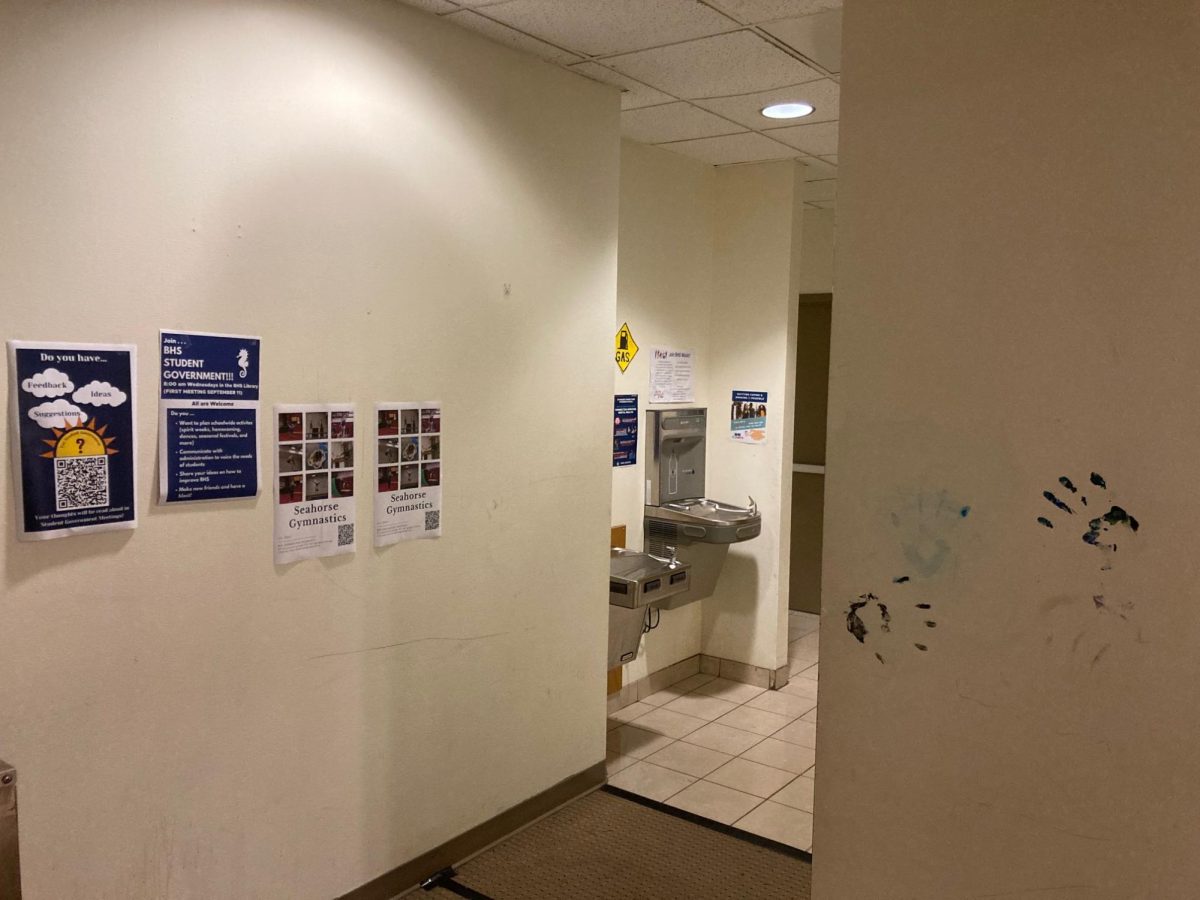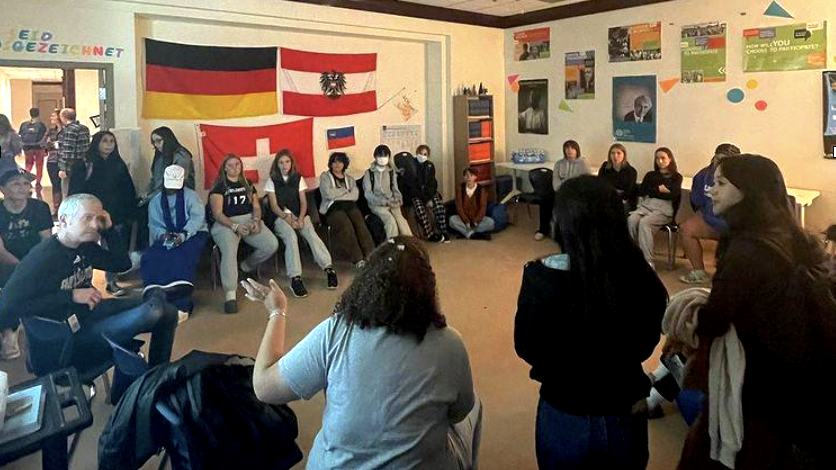On March 24, Vermont Governor Phil Scott signed an order telling Vermonters to “stay home”. The repercussions include the shutting-down of non-essential businesses, ending social gatherings, and above all, staying home. This is hard for everyone. But is it disastrous for teens?
Burlington High school (BHS) students have been engaged in remote learning since March 16. With no social contact through school and a stay-at-home order in place, teens are isolated. A national survey by Common Sense Media reports that 42% of teens felt “more lonely than usual” in March of 2020.
Some students are choosing to ignore the state mandate. Others are strictly following the order. Common Sense Media reports that 54% of teens say they are “very much” practicing social distancing. 40% said they were “somewhat” doing so. What does social isolating look like from a teenage perspective?
Before the coronavirus outbreak, BHS senior Cecilia Field was going out with friends almost every night.
“It’s the end of my senior year,” Field said. “I was getting more and more comfortable on weeknights going out with my friends, going bowling, or going to the movies. It was pretty much every day, and it was so fun.”
Now, Field’s social life consists of SnapChat and the occasional walk.
“It’s hard because you can only communicate with people online,” Field said. “All I ever do is go outside and take walks with people.”
Field isn’t the only teen whose social life has dramatically downsized.
“I would see upwards of 20-30 people every weekend,” Junior Rasheed Wood said. “Now it’s maybe like five people.”
Some teens, like Wood, are continuing to see friends in small numbers.
“The most I’ve done is throw a frisbee with people,” Junior Tula Adie said. “I’ve seen my boyfriend pretty frequently.”
This non-essential interaction seems relatively common among teens in Burlington. While it mostly occurs outside, friends continue to visit each other.
“When quarantine first started, I literally didn’t see anybody,” Senior Aedan Rinehart said. “Then I started hanging out with my girlfriend. Then, I just went and hung out with people who I knew pretty well. I think it’s more towards the end of this quarantine. It’s been really nice, so I’ve been going to Oakledge [Park] and stuff.”
Despite this disobedience of the stay-at-home order, some still take precautions.
“I wear a mask almost everywhere I go,” Wood said. “Besides that, I don’t wear gloves. I’m not gonna stay six feet apart. That’s kind of ridiculous. No daps.”
Other teens have chosen a path of strict adherence to the Governor’s order.
“If I go out, it’s with my family, or out for a run or something,” Sophomore Cooper Smith said.
“It’s ridiculously boring. There’s not a lot to do.”
For those who have been social distancing, isolation has been difficult.
“I didn’t realize how much school is such a big part of everyone’s day,” Junior Tido Schulman said. “It’s a huge part of social interaction, and even hanging out with friends isn’t there anymore.”
There’s quite a discrepancy between the experiences of those who are obeying the stay-at-home order and those who are not.
“I think some people’s parents are less strict and take things less seriously,” Freshman Paco Barcia said. “I haven’t been out in weeks. I think it really depends on the household.”
Adie agrees that her parents have strongly influenced her level of concern around the spread of the virus.
“I would say my parents have a strong influence on how seriously I’m taking this,” Adie said. “If your parents just let you do whatever, I think you’re much less likely to see the consequences.”
Junior Claire Osmond suggested that loneliness was part of the problem.
“Some of it has to do with not caring and being selfish and all that,” Osmond said. “Some people really just can’t be alone and with themselves for that amount of time.”
Many students seem to understand the importance of social distancing, whether or not they comply.
“People think that since they’re young, they won’t die,” Rinehart said. “They don’t really care and they don’t think it’s gonna affect them. Even if you’re young you can die from it. It’s just wrong. ”
Adie knows that social distancing is not only important but necessary.
“Social distancing has a really big impact on the number of cases,” Adie said. “It’s important if we want to move forward at all, with the economy, and the number of deaths and the number of cases. We have to do this.”
Teens are aware that the virus can be deadly, not only to them but their loved ones. In this sense, BHS students are aware.
“I think it’s important to social distance because it’s not necessarily about what happens to you,” Wood said. “If I had it and was asymptomatic, I live with my grandparents, and they’re elderly. I could give it to them, and they could get really sick, and I could just be fine.”
As students endure the second month of social distancing, it is clear that the epidemic is difficult, inconvenient, and scary. Social distancing is an inconvenience but does more good than harm.
“We all have people that we love that are at risk,” Schulman said. “We need to do it for them.”



